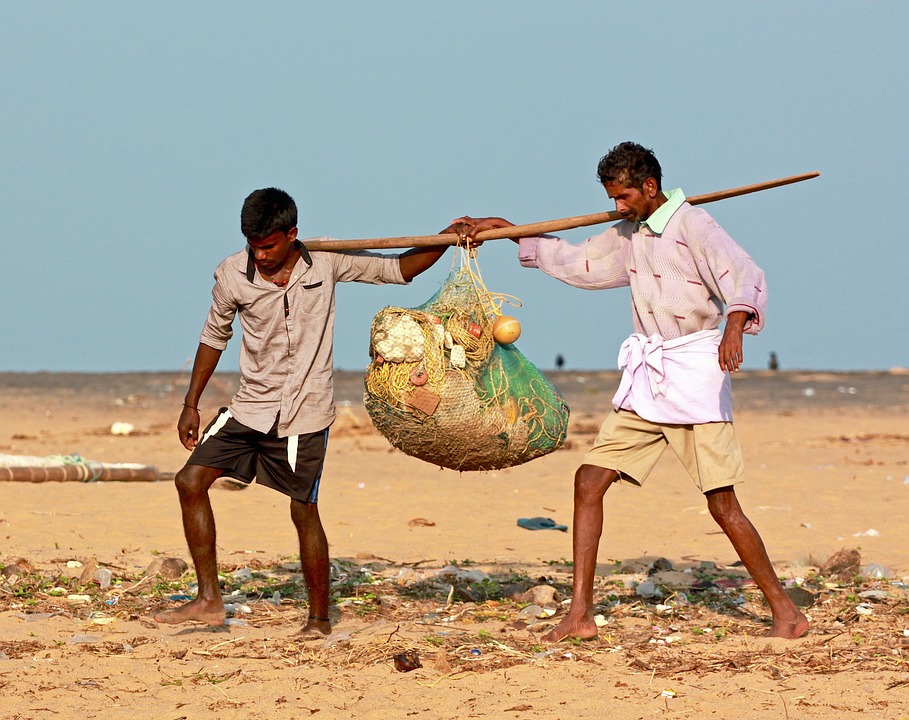“The greatest shortcoming of the human race is our inability to understand the exponential function.”
Albert A. Bartlett, emeritus Professor of Physics at University of Colorado, Boulder
With increasing population growth and a limited amount of agricultural land, there is a pressing demand to find alternatives to conventional meat products. In 2050, the world population is estimated to exceed 9 billion people, resulting in an additional food need of 150% of the current food need. Current protein consumption relies heavily on livestock production, which is one of the leading causes of human-induced climate change.

To feed our growing population and limit climate change and carbon emissions, more sustainable diets are needed, either by reducing meat consumption or incorporating alternative protein sources. Insects are one of the best options for alternative protein, both as human food and as animal feed. The major environmental advantages of insect farming compared to livestock production include:
- reduced use of land and water. “Breeding trials conducted by the EU initiative PROteInsect have found that one hectare of land could produce at least 150 tons of insect protein per year, as compared to less than a ton of soybeans for the same area.” (Zanolli, 2014)
- lower greenhouse gas emissions
- lower production of ammonia
- reduced water pollution
- reduced pesticide use
- high feed conversion efficiencies by insects (i.e., a measure of the animal’s efficiency in converting food mass into body mass). A study by Van Huis et al. published in 2013 showed that the feed conversion of house crickets (Acheta domestica) was twice that of chickens, four times higher than in pigs and more than twelve times higher than in cattle.
- the ability of insects to transform low-value organic by-products, such as compostible materials, into high-quality food and feed
- low risk of transmitting zoonoses (infections that are shared between animals and people)
Adapted from the following sources:
Arnold van Huis and Dennis G.A.B. Oonincx. The Environmental Sustainability of Edible Insects: A review Agronomy for Sustainable Development. October 2017, pp. 37-43
Arnold van Huis, J. van Itterbeeck, H. Klunder, E. Mertens, A. Halloran, G. Muir and P. Vantomme. Edible Insects, Future Prospects for Food and Feed Security FAO, Rome, 2013. 201 pages
Lenka Kourimka and Anna Adamkova. Nutritional and sensory quality of edible insects Review article. Nutrition and Food Science (NFS) Journal, Volume 4, October 2016, pp. 22-26
A. van Huis, J. van Itterbeeck, H. Klunder, E. Mertens, A. Halloran, G. Muir, P. Vantomme Edible Insects. Future Prospects for Food and Feed Security FAO, Rome (2013) 201 pages
Zanolli, Lauren. Insect Farming Is Taking Shape as Demand for Animal Feed Rises MIT Technology Review August 20, 2014

